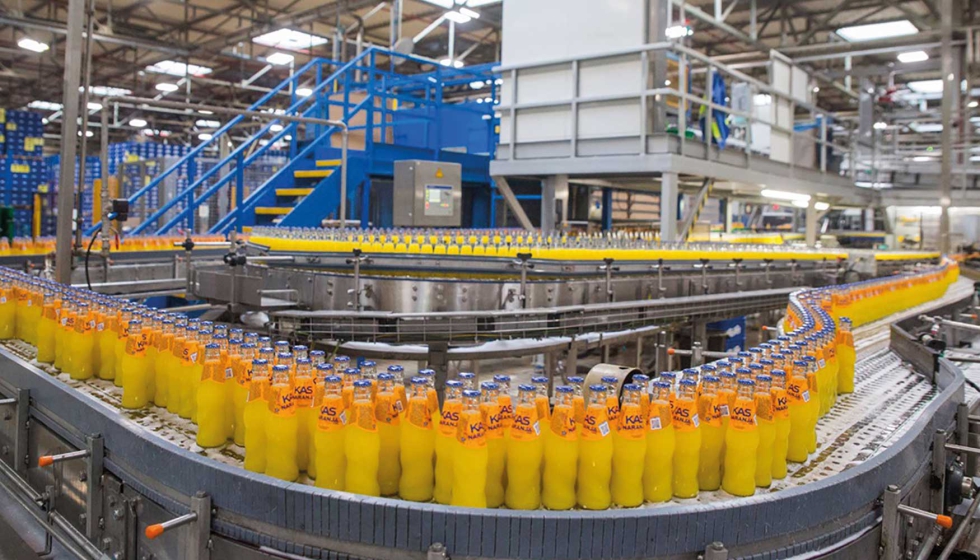
Buat ringkasan tanpa had dengan AI!
Naik taraf kepada PRO US$ 7.0/m
Tiada fungsi terhad
None
1. Source and sink organs play crucial roles in plant growth and development, with the former absorbing light energy for photosynthesis and the latter accumulating organic matter through carbon fixation. Optimizing their functioning is essential for maximum productivity.2. Environmental factors such as temperature, water availability, and nutrient supply affect plant growth and development, and modifying these factors can optimize plant productivity.3. The interdependence of source and sink organs means that optimal functioning of one organ can enhance the performance of the other.4. Radiation is critical for plant growth and development, particularly in terms of light energy absorption and carbon fixation. Optimizing radiation exposure can enhance plant productivity by improving the functioning of source organs.5. Early leaf expansion, plant density, and irrigation scheduling play a significant role in determining the optimal use of radiance for photosynthesis and carbon fixation.6. Fixation rate is influenced by factors such as temperature, light intensity, and CO2 availability, and optimizing this rate can help maximize plant productivity.7. The relationship between plant growth and radiation use efficiency (RUE) is important in optimizing plant productivity, with improved RUE reducing the energy required for carbon fixation.8. Optimizing plant water use efficiency (WUE) can minimize water loss and maximize carbon fixation through proper irrigation scheduling and crop management practices.9. Using renewable energy sources for irrigation and other agricultural applications can reduce the environmental impact of farming while improving plant productivity.10. Further research and development in plant science are necessary to better understand the complex interactions between source and sink organs, environmental factors, and energy use efficiency in order to optimize plant productivity and sustainability.
Pengguna PRO mendapat ringkasan Kualiti Tinggi
Naik taraf kepada PRO US$ 7.0/m
Tiada fungsi terhad
ringkaskan teks
Ringkaskan teks daripada fail
Ringkaskan teks daripada tapak web
Dapatkan output kualiti yang lebih baik dengan lebih banyak ciri
Jadilah PRO
plant
plant growth
sink organs
carbon fixation
plant productivity
carbon
growth
Optimizing
energy
Development
Ringkasan berkaitan

Dapatkan output kualiti yang lebih baik dengan lebih banyak ciri
Jadilah PRO